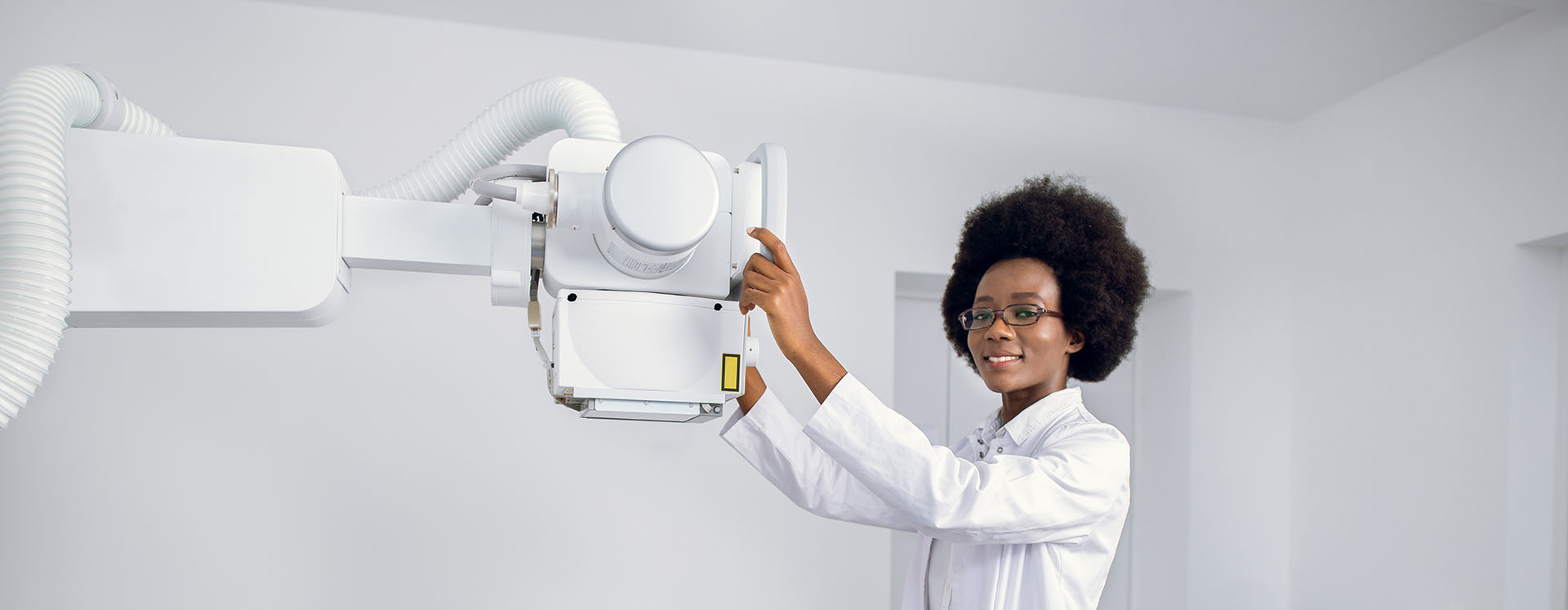The need for medical imaging and radiology professionals is continuing to grow as aging populations require more healthcare and as more individuals in the field retire. However, this need is also creating more career pathways for qualified professionals interested in pursuing additional education to fill leadership and education roles with good salaries and the ability to work almost anywhere.
A recent report by the American Society of Radiologic Technologists notes that the industry is currently dealing with staffing shortages. Many individuals who leave the field do so because of retirement, family obligations, and some report feeling burnout.
“The medical imaging and radiation therapy profession faces a workforce shortage that exceeds levels documented in more than 20 years,” the report states. “Without intervention, the situation could worsen as more baby boomers approach retirement and remaining professionals consider leaving their jobs because of frustrations associated with understaffing and burnout.”
Growing Need for Radiologic Technologists
Radiologic technologists (or radiographers) comprise about 271,000 working professionals in the U.S., and the industry is expected to grow 6 percent over the next decade with an additional 16,800 jobs. The ASRT notes that in order to tackle staff shortages, they must emphasize additional career pathways for technologists, like education and leadership roles.
“In the future, the educational preparation for professional-level radiology and radiation oncology managers should be a minimum of a bachelor’s degree with a master’s degree preferred, including coursework in budgeting, leadership, and soft skills such as conflict resolution and team building,” the ASRT says.
Benefits of a Career in Radiology
Radiologic technologists tend to make stable salaries, with an average salary of $76,020 per year, according to the Bureau of Labor Statistics, with some states like California paying over $100,000 per year. Jobs also tend to be plentiful, with openings at a variety of healthcare and medical facilities in rural, urban and suburban areas.
If you’re a radiologic technologist with a certification from ASRT or another organization who has thought about completing your bachelor’s degree, consider the University of Wisconsin-Milwaukee Bachelor of Science in Biomedical Sciences: Diagnostic Imaging degree, offered online through the UW Flexible Option. This degree can help you expand your career into other areas of healthcare, or prepare you for an advanced degree. As a registered radiologic technologist, you’ll receive 60 credits toward the degree with an active registry. You can complete the program when it’s convenient for you; our competency-based education format also allows you to take breaks.
Ready to learn more? Contact an Enrollment Adviser to assess your unique situation and help you decide if the UW Flexible Option is the right fit for your life. Email flex@uwex.wisconsin.edu to connect with an adviser today.

